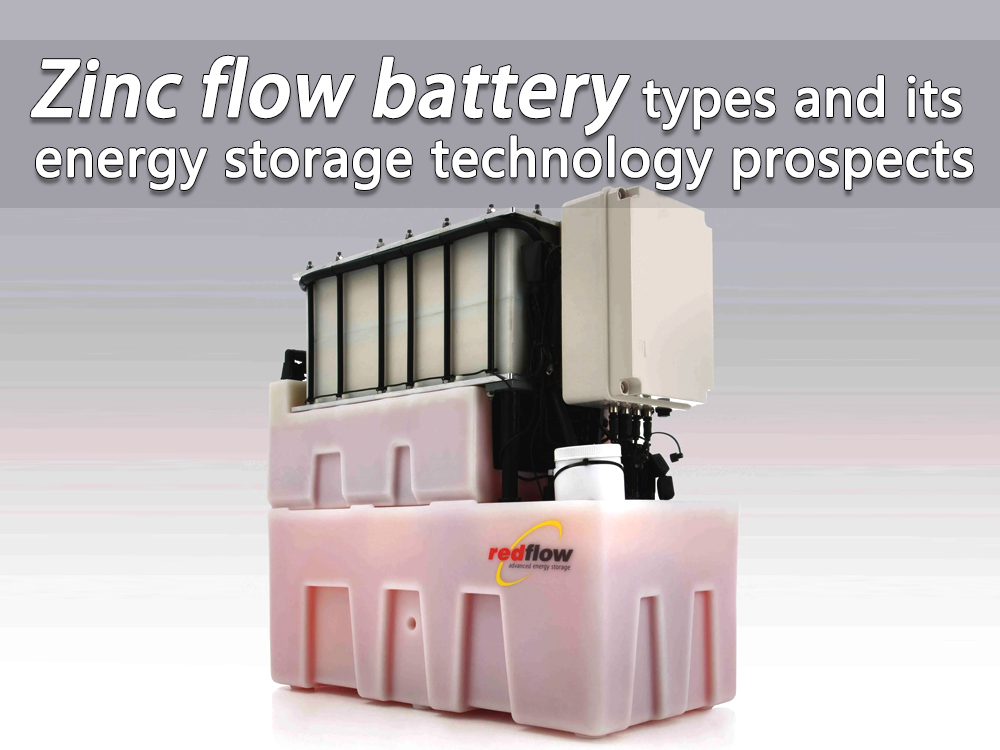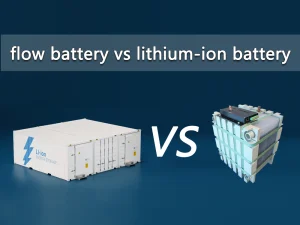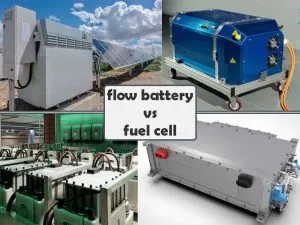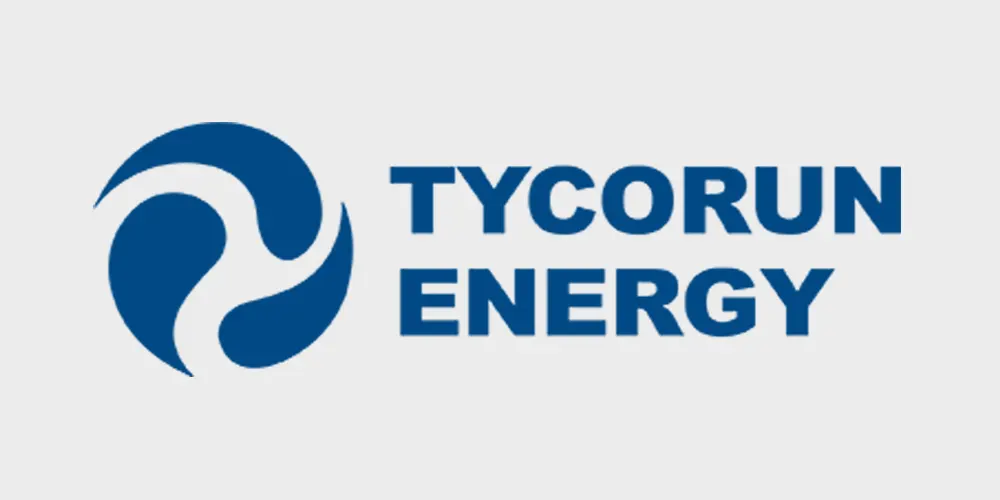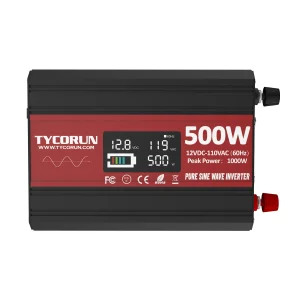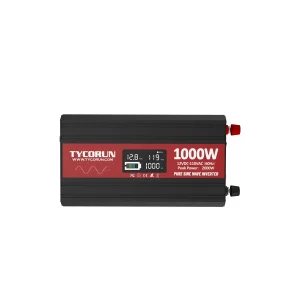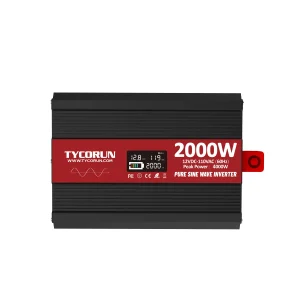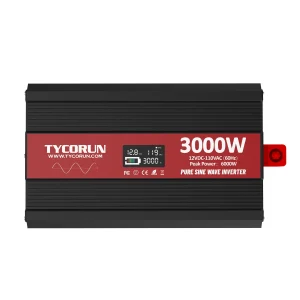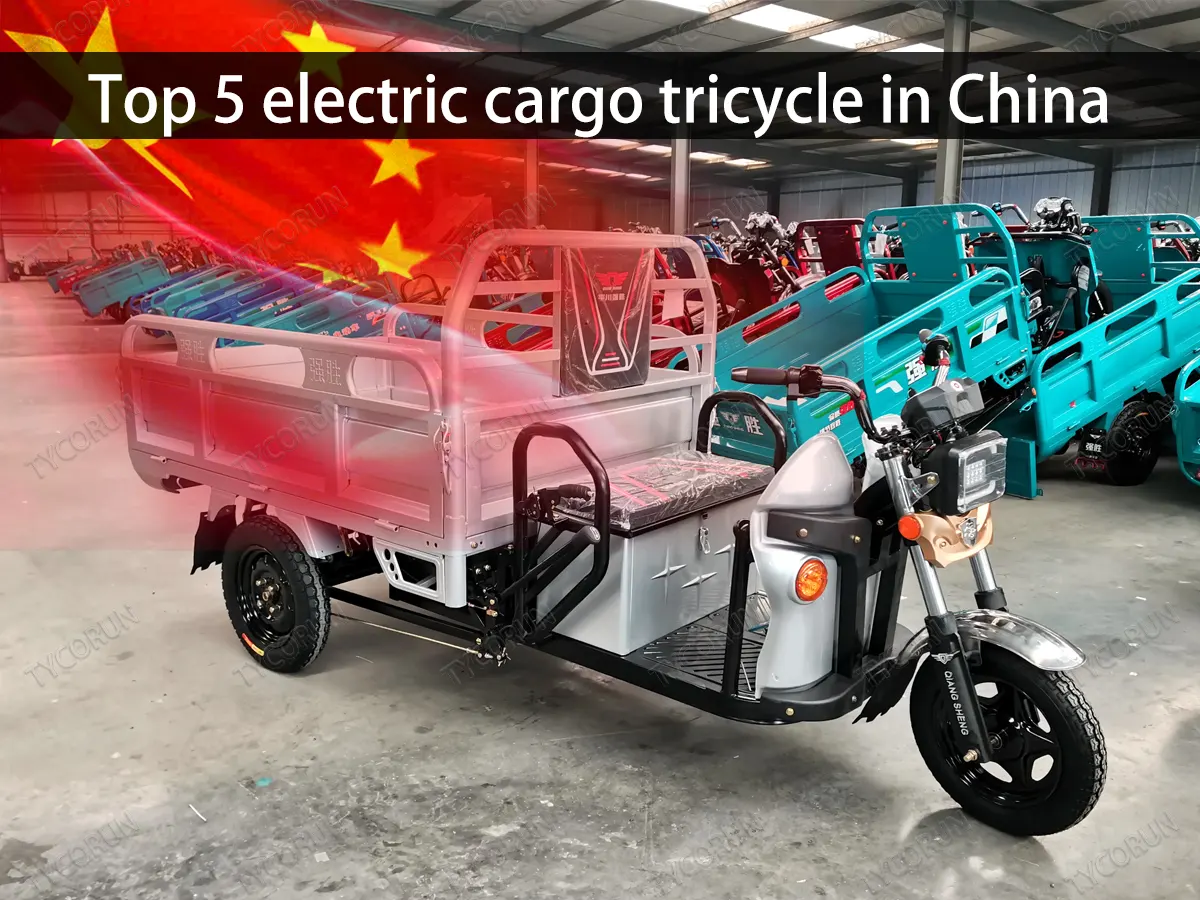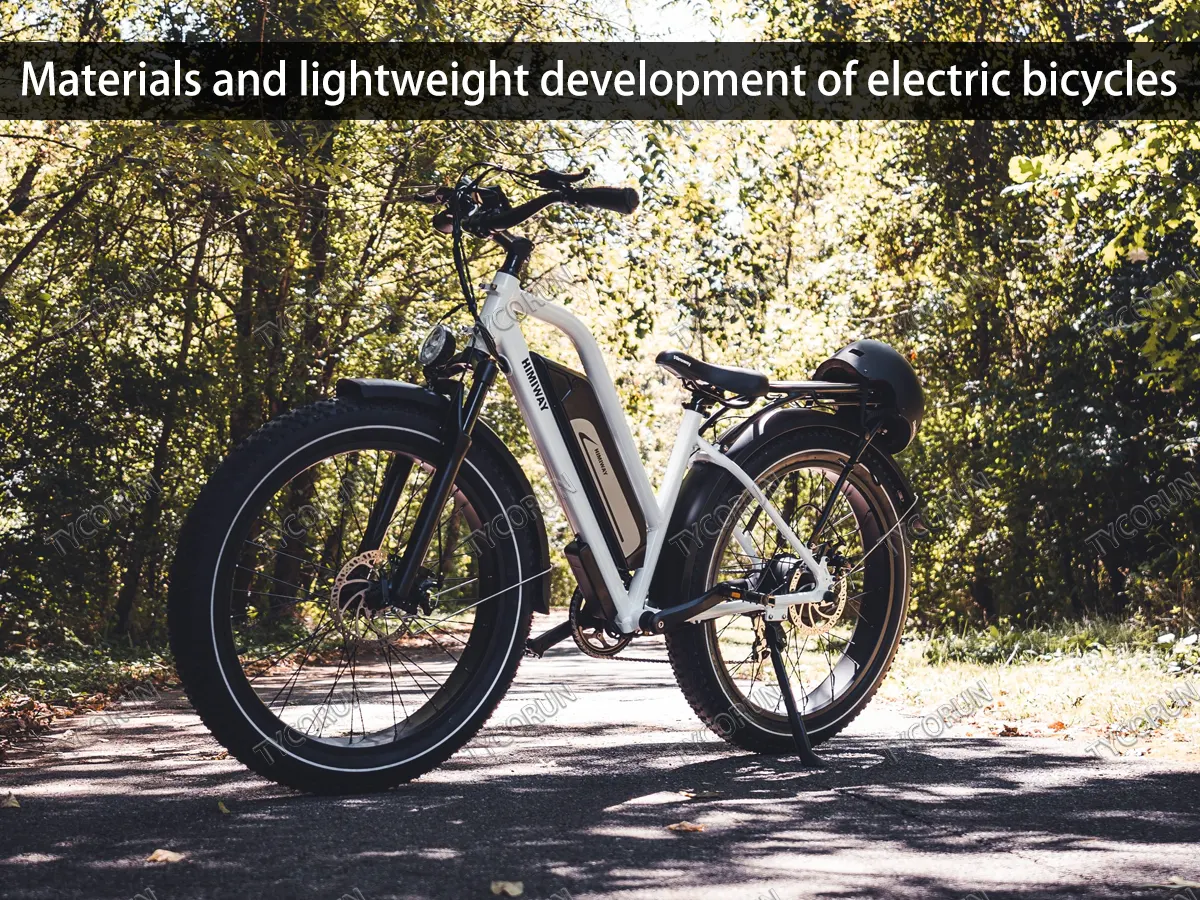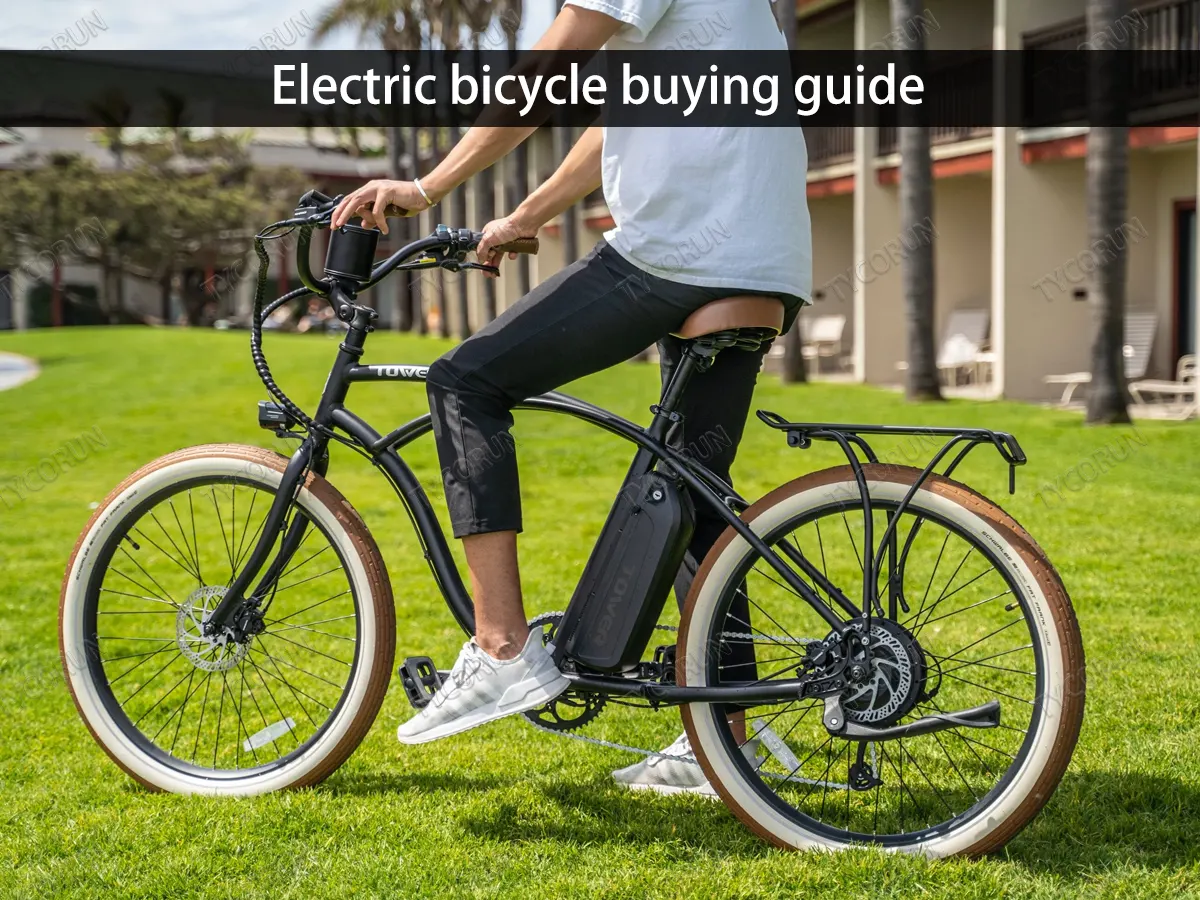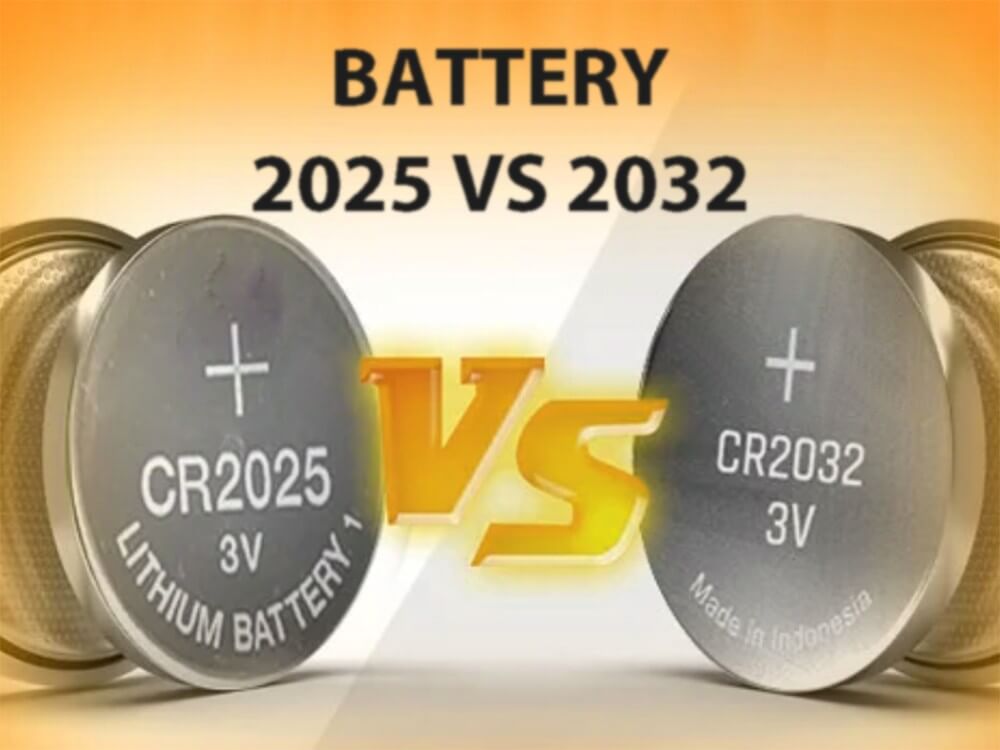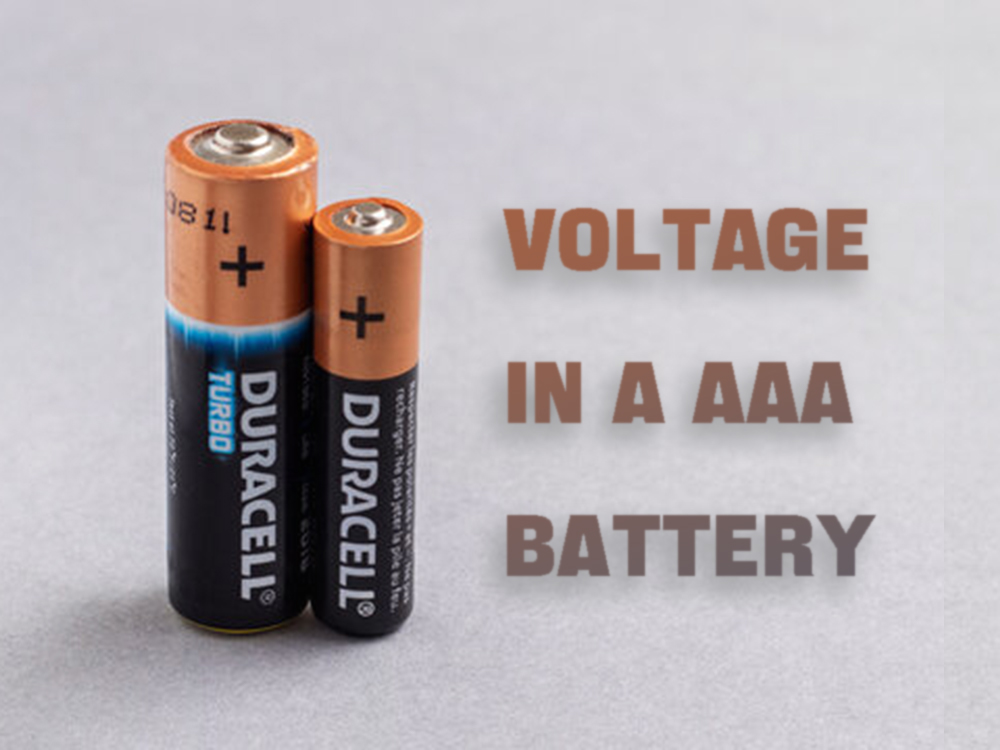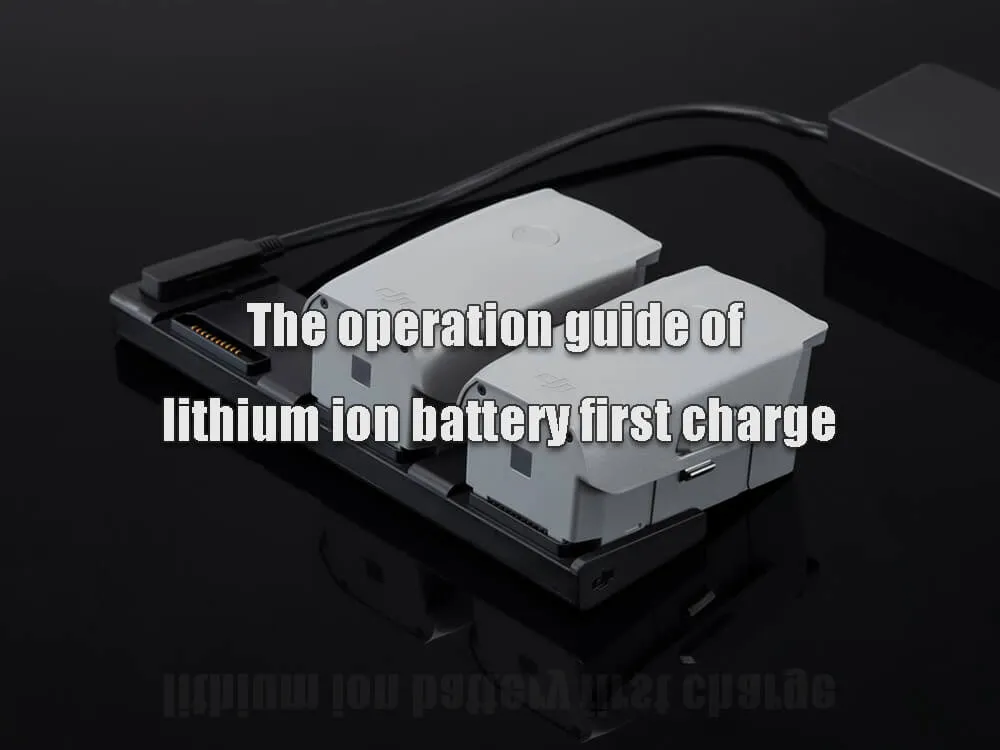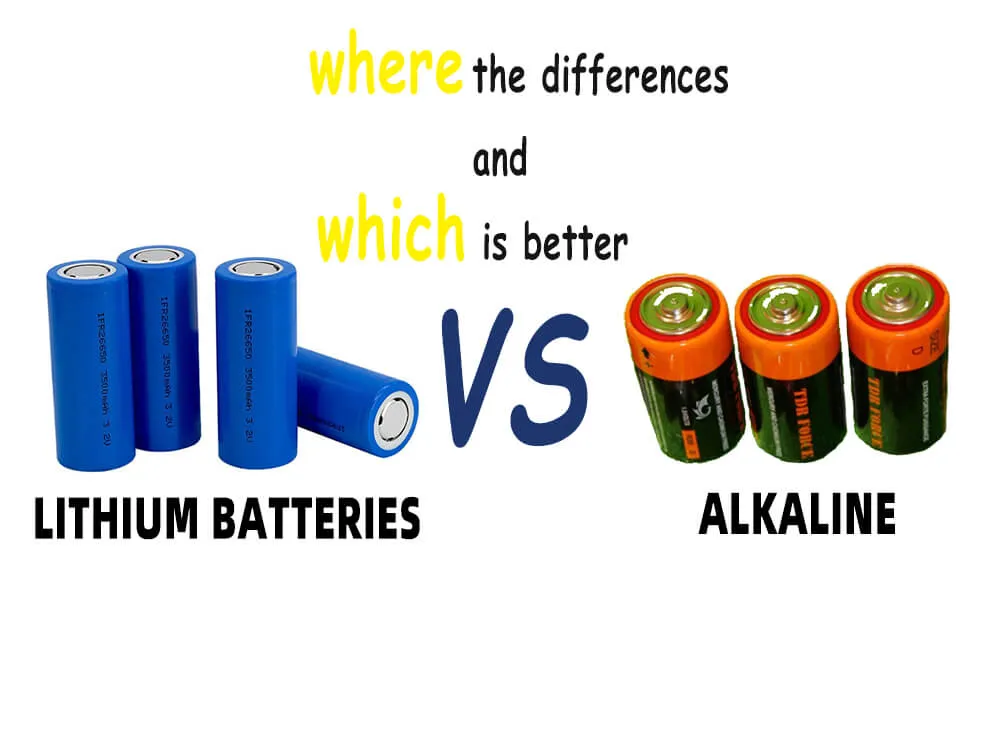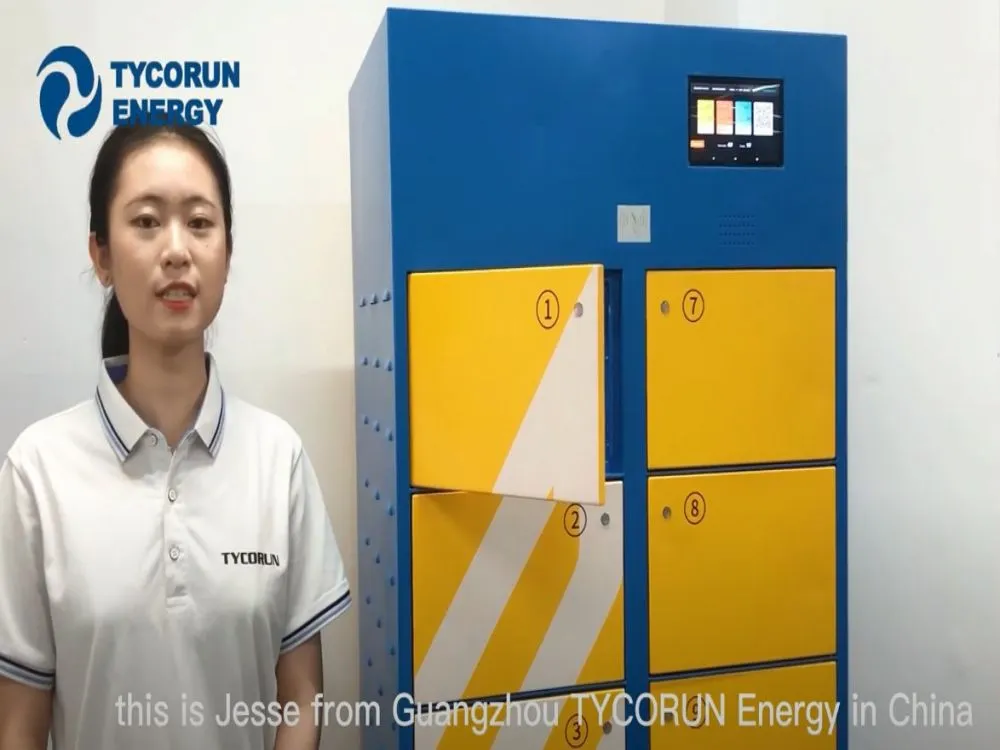Zinc flow battery types and its energy storage technology prospects

The principle of zinc flow battery
Usually, the active material of zinc flow battery anode electrolyte is Zn 2+ (neutral or slightly acidic environment) or Zn(OH)42- (alkaline environment). During charging, Zn 2+ or Zn(OH) 42- on the anode side gets electrons to form metal zinc, while the active material on the cathode side is oxidized. The discharge process is the opposite, the zinc on the anode side dissolves to form Zn 2+ or Zn(OH)42-, while the active material on the cathode side is reduced.
Advantages of zinc flow batteries
Most electrolytes for zinc flow battery using the deposition and dissolution of metallic zinc as the anode pair have lower cost and higher energy density. At the same time, in the zinc flow battery system, the zinc anode is environmentally friendly and relatively stable in air and aqueous solution, and the electrolyte in the battery system is an aqueous electrolyte, which ensures the safety of the battery.
Therefore, zinc flow batteries with low cost, high safety and high energy density have good application prospects in the field of distributed energy storage.
Types of zinc flow battery
Zinc-bromine flow battery
Bromine has the advantages of abundant reserves, low cost, high electrode potential, high solubility, and high theoretical energy density. The zinc-bromine flow battery that uses zinc anode to match it has developed into a relatively mature one and is gradually being recognized by the market. Other zinc-based batteries have various problems and are less mature.
Bromide ions are oxidized into polybromide ions during charging, mainly bromide triion and bromide pentaion. The discharge process is the opposite, and the overall charge and discharge process has good reversibility.
Zinc-manganese flow battery
The common zinc-manganese batteries on the market use the solid-solid phase conversion reaction of manganese dioxide to manganese oxyhydroxide. Due to their poor reversibility, they can only be used as primary batteries. As a secondary battery, the zinc-manganese flow battery utilizes the deposition-dissolution reaction between soluble divalent manganese ions and manganese dioxide, and its reversibility will be relatively better.
Manganese is cheap and environmentally friendly. Divalent manganese ions and manganese dioxide have a high electrode potential, and a flow battery assembled with a zinc anode has a high open circuit voltage and a theoretical energy density.
Zinc-iodine flow battery
The zinc-iodine flow battery system was first proposed in 2014. For the iodine positive electrode, I- will be oxidized to I2 during the charging process. Due to the coordination of I-, I2 will be dissolved in the form of I3-. Thereby avoiding its precipitation, the discharge reaction takes place in reverse, and I3- is reduced to I- again.
Both cathode and anode active materials of the zinc-iodine system have high solubility, so they have high theoretical energy density. The good pair kinetics of the cathode is expected to achieve high power density. Compared with the zinc bromine system, its volatility, oxidation and corrosion are all reduced, the requirements for battery system materials are lower, and it is more friendly to the environment.
Zinc-iron flow battery
As iron flow battery, iron-based cathodes have good electrochemical activity and reversibility, and iron salts are cheap, so researchers have combined them with zinc anodes to form a zinc-iron flow battery system. According to the pH difference of the electrolyte, the zinc-iron flow battery can be further divided, and the active pairs participating in the electrochemical reaction are different in different environments.
Zinc-nickel flow battery
Nickel electrodes have the advantages of high battery potential and low cost, and their charge and discharge are solid-solid phase reactions. Therefore, the zinc-nickel flow battery system can use only one set of pumps and pipelines, and does not require expensive ion exchange membranes, which greatly reduces the cost of the battery system.
The development prospect of zinc flow battery
Zinc flow batteries have the advantages of low electrolyte cost, high safety, and high potential, and have good application prospects in the field of distributed energy storage. Among them, zinc-bromine flow batteries have been relatively mature. The zinc anode in zinc flow batteries mainly faces the problems of zinc dendrites, zinc exfoliation, and limited surface capacity.
Zinc dendrite: When the battery is charged, the concentration polarization on the electrode surface increases, the ion concentration near the electrode surface decreases, and the reactant ions are more likely to diffuse to the protrusions on the electrode surface, which induces the further growth of zinc dendrites. As the dendrites continue to grow, they finally pierce the separator and cause the battery to short-circuit and fail.
Zinc shedding: During the discharge process, the metal zinc in close contact with the electrodes is preferentially dissolved. In the case of dendrites, the tip of the dendrites will lose the connection with the electrodes as the reaction proceeds. In addition, the zinc metal deposited on the electrode surface will also fall off from the electrode due to the loose connection with the electrode. These shed zinc will not be able to continue to be used, resulting in a decline in battery performance.
Limited surface capacity: Zinc flow batteries mostly use porous carbon felt or flat electrodes as electrodes. As charging progresses, zincate or zinc ions will be continuously reduced to metal zinc on the electrode, and finally deposited on the electrode. Once the electrode surface is completely covered by zinc metal, electrodeposition can no longer be performed, resulting in limited areal capacity of the battery.
At the same time, further charging will lead to a sharp increase in the charging voltage of the battery, leading to an irreversible hydrogen evolution reaction in the negative half-cell.
These problems are obstacles that limit the performance improvement of zinc flow battery in flow battery companies in the world, and are also key technical problems that must be solved in the process of realizing the practical application of zinc flow battery. For the main problems of zinc dendrites, zinc shedding, and limited surface capacity in zinc anodes:
● From the perspective of electrolyte solution chemistry, the process of zinc deposition can be regulated;
● From the perspective of electrode structure design, the overpotential of zinc deposition can be adjusted;
● Designed from the perspective of membrane material structure, it can inhibit the damage caused by metal zinc;
● Optimizing from the perspective of battery structure can regulate the interface space between the membrane and the electrode, and improve the surface capacity of the zinc flow battery.
Finally, it will break through the bottleneck of zinc flow battery and help the development of user-side energy storage technology.

